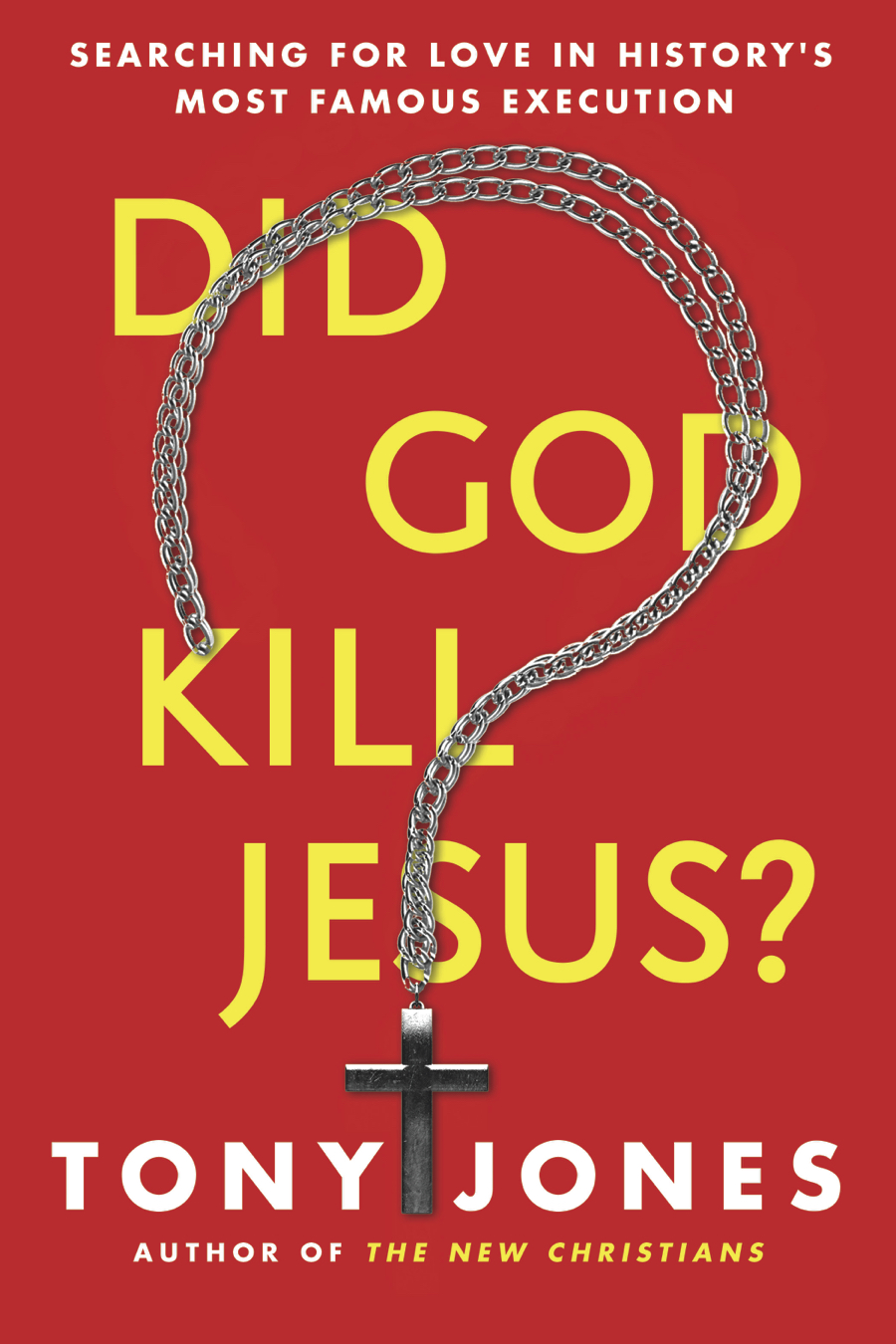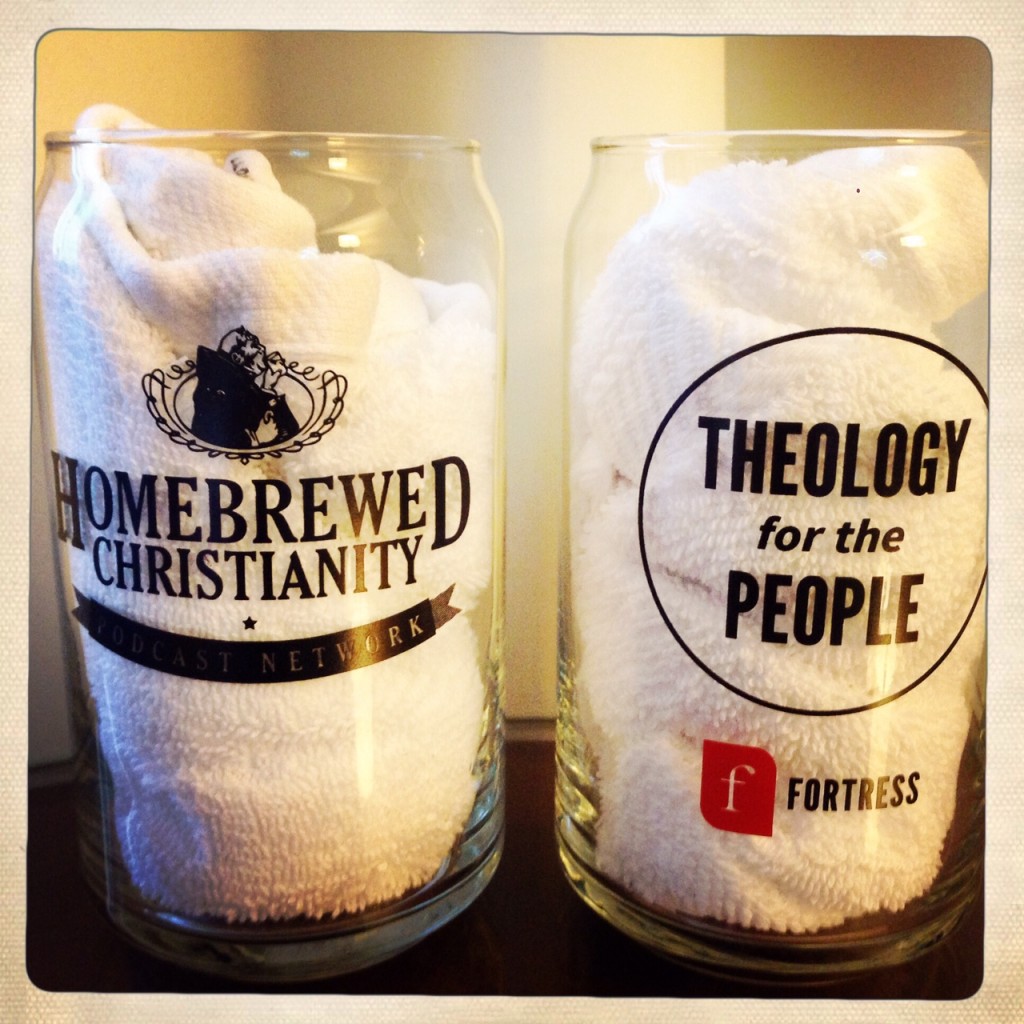This is part of a series of posts in which I’m reflecting on Christian Smith and Patricia Snell’s new book, Souls in Transition: The Religious and Spiritual Lives of Emerging Adults.
As I wrote yesterday, Chris Smith’s prequel to Souls in Transition, Soul Searching, didn’t particularly jibe with my assumptions about youth and youth ministry in Postmodern Youth Ministry. Nor did it jibe with Chap Clark’s conclusions in another influential youth ministry book, Hurt: Inside the World of Today’s Teenagers. In fact, when asked about Soul Searching by the LA Times in 2005, this is what Chap said:
Like Smith, Chap also found religious ambivalence among teenagers. But he argued that the number of religious teenagers was far fewer and estimated that fewer than 10% had religion as “an important part of their everyday life.” It was “simply not on the lifestyle map,” Chap said.
He said Smith’s study methodology might have skewed the results in favor of more religious-minded teenagers. “Kids who are going to church are more likely to stay for the entire survey,” he said.
In a nutshell, the messages of the three books are this:
- Soul Searching: The religion of teenagers is basically conventional
- Hurt: Teenagers are abandoned and hurting and find little solace in religion
- Postmodern Youth Ministry: Teenagers are postmodern seekers, looking for spiritual experiences
I’ve tried to make sense of the varying interpretations of these three books, and here’s what I’ve come up with. I think that Soul Searching is, indeed, reflective of the broad swath of American teenagers. And I think that Hurt and PMYM are dealing with significant minorities of the teenage population. I use a Bell Curve to explain my theory.
The first notable use of the Bell Curve of standard distribution to explain human social behavior was in a controversial 1994 book that proposed that IQ scores are the best indicator of someone’s ability to succeed economically in society. Since then, other sociological measurements have similarly used the Bell Curve, which basically says that 68% of the population falls within one standard deviation on either side of the mean, as shown in the graph below:
So, my best interpretation of these three books, and it’s borne out by my two decades in youth ministry, is that Chris is right, the majority of teenagers are relatively conventional when it comes to religion and faith. And Chap is right, there is a significant minority of teenagers who are deeply hurt and abandoned and engage in self-destructive behavior. And I am right, significant minority of teenagers are relativistic spiritual seekers. I’ve tried to illustrate that with this 20-second video:
Your thoughts?











